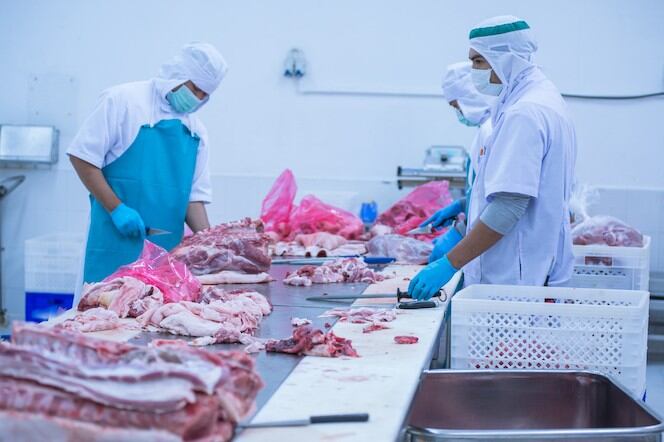From 1 August, grant funding for furloughed staff is gradually decreasing, before the scheme fully closes on 31 October 2020. Now is the time for employers to turn their attention to the longer-term impact of the pandemic on their businesses and what this means for the workforce.
In the Chancellor's 8 July announcement, in which he outlined a ‘plan for jobs’, employers were promised a bonus of £1,000 for every furloughed employee retained in employment until at least 31 January 2021. However, with the requirement of three months' continued employment, this seems unlikely to be a guaranteed way of avoiding cost-cutting measures altogether.
The Government's support packages may therefore only be serving to delay other cost-cutting strategies. Given the context, staff and trade unions might be open to creative proposals which present an alternative solution to job losses. Such measures might include re-training and re-deployment into alternative roles and changes to terms of employment, such as modified shift patterns and/or reducing shift premiums. Such proposals present a significant legal risk, which means it is important to navigate processes in line with company procedures, engage in collective consultation where necessary, and communicate with staff representatives and unions.
Redundancies and future planning
Ultimately, after consideration of all feasible alternatives, it may simply not be possible to avoid redundancies. Care should be taken over selection – selecting those on furlough leave as ‘at risk’ is likely to create employee relations issues and could ultimately result in claims for unfair dismissal and discrimination.
Conversely, some ‘winners’ will have emerged from the crisis and many in the industry may have at least some areas of their businesses, which are doing well. For them, now is the time to embrace further change. This could entail increased investment in technology and automation, which, in turn, should assist with social distancing and disaster recovery planning. Other initiatives could include offering apprenticeships (the Government will increase funding for apprentices hired between 1 August 2020 and 31 January 2021) and, importantly, considering how to reward key workers for their efforts.
In all of the above, while change can be difficult to implement, meaningful engagement with stakeholders is key – involving employees in strategy planning at the outset increases buy-in to the eventual outcome. This is a time to think creatively about the options available to ease the impact of cost-cutting measures, while acknowledging that there may unfortunately be situations where redundancies cannot be avoided.
Charlotte Smith is a senior associate in the employment team at Walker Morris.




